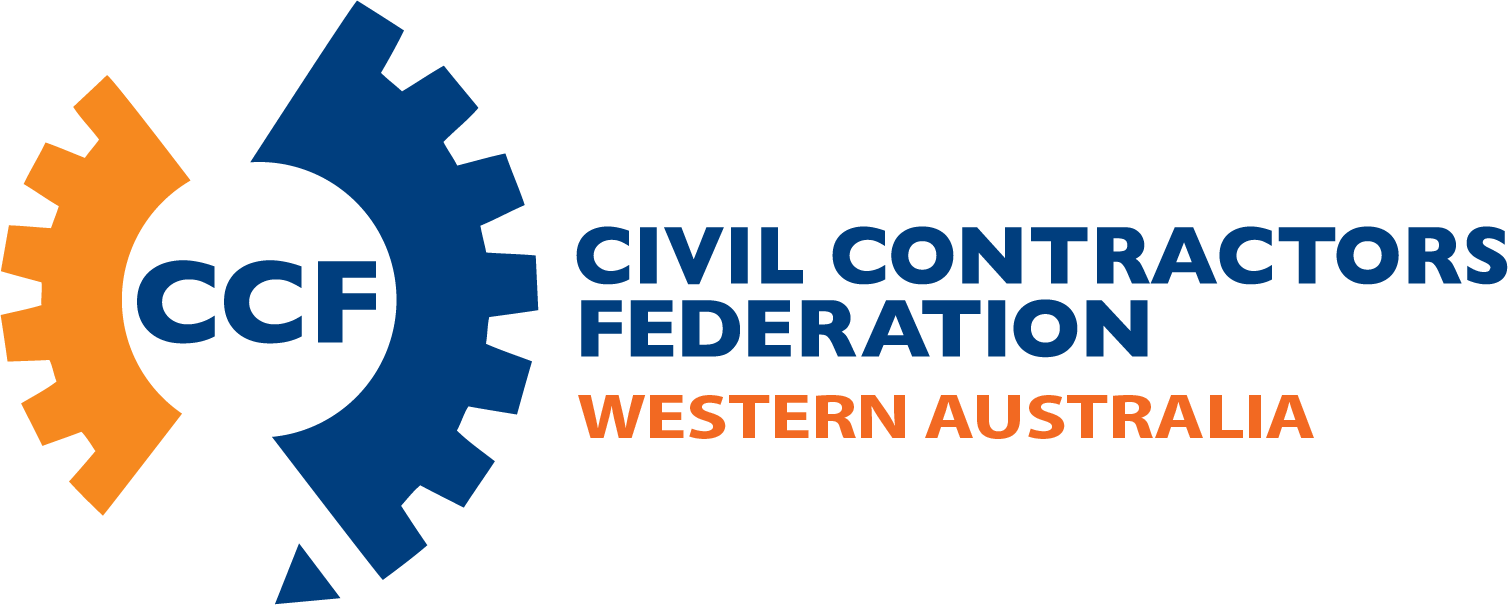Is the civil construction sector really such a laggard in productivity growth? Although overall construction productivity growth in Australia has undoubtedly been poor – with just 13% growth since 1994/95 compared to 49% for the whole economy – the headline figures hide a big disparity between building and civil construction.
Recent Federal Productivity Commission data (see chart below) shows that productivity in heavy and civil construction has achieved 44% growth over the past 30 years, only just below the economy-wide average.

While claims of a crisis in civil construction productivity may be exaggerated, there are certainly ample opportunities for improvement. Here’s a few things Governments can do.
Invest more in project planning and design
The #1 productivity killer on infrastructure projects is delays and rework, which most often result from insufficient planning and underdeveloped designs. Government agencies don't get the time and resources they need to properly plan and design projects prior to procurement. As a result, design and construct contracts are too often used as a risk transfer mechanism on projects with minimal opportunity for design innovation.
Encourage innovation through competitive procurement
The ‘productivity crisis’ narrative is employed to support calls for the aggregation of government capital works into very large, long-term program alliances, which we are assured will turbocharge innovation and productivity. Sacrificing a diverse, competitive marketplace is not the way to increase productivity. A broad spread of head contracting opportunities is essential to ensure a competitive market and drive continued innovation and productivity growth.
Relax specifications and share the risk of innovation
Government agencies want innovation but are not prepared to accept performance liability, so they default back to inflexible specifications that stifle productivitity. True innovation is unleashed when agencies accept outcomes which challenge the norm and are prepared to share the risk. Today’s innovation becomes tomorrow’s norm.
Streamline project procurement
Government project EOIs and RFPs have become bloated with management plans, even though preferred proponents are invariably selected based on their price, experience and proposed methodology. Issues such as culture and diversity, safety management and stakeholder management can be managed more effectively and productively through collaboration post-award.
Slash excessive compliance obligations
Compliance for compliance’s sake is anti-productive. Governments should reassess all administrative and compliance requirements on projects and eliminate those that are not adding any value or improving outcomes.
Manage contracts collaboratively, not punitively
Inflexible and adversarial contract management results in contractors being unfairly punished despite delivering a quality outcome. Time and resources are too often wasted by a bureaucratic approach to claims and variations. Instead of being resolved quickly, reasonable claims are delayed by assessment processes which often seem designed to defer a decision as long as possible.
Balanced approach to workplace relations
Union-friendly, government-mandated pattern agreements on major civil infrastructure projects damage the healthy employer-employee relationships that characterise our sector and severely constrain employers’ ability to incentivise and reward productivity.
- Andy Graham, CCF WA CEO

